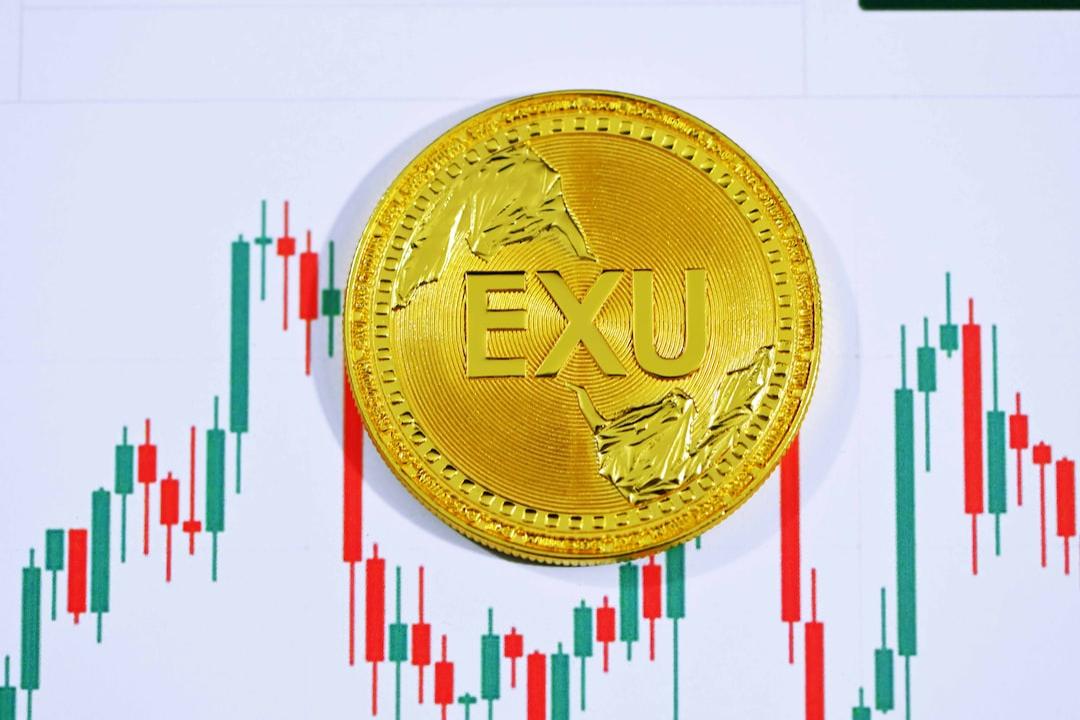Bitcoin (BTC) mining is becoming a corporate activity, with 30% of mining controlled by US-based corporate miners. US-based pools control up to 40% of the hashrate, though tapping the power of foreign mining operations.
After years of investment, US-based corporate miners control up to 30% of the Bitcoin (BTC) hashrate. A total of 14 mining companies command the large share of activity, after years of strategic investment in mining hubs.
The presence of corporate miners with long-term strategies and early investments partially explains why the Bitcoin hashrate continues to stay high with no sign of capitulation.
Among the top miners, the network is supported by MARA Digital (MARA), Riot Platforms (RIOT), CleanSpark (CLSK), Bitfarms (BITF), Cipher Mining (CIFR), Hut 8 Mining (HUT), TeraWulf (WULF), Iris Energy (IREN), Core Scientific (CORZ), Bit Digital (BTBT), HIVE Digital Technologies (HIVE), Argo Blockchain (ARBK), Stronghold Digital Mining (SDIG), and Greenidge Generation (GREE).
The mining expansion happened during one of the most active BTC periods, also covering the post-election bull market. Currently, miners are producing coins for a relatively bearish market, with a price of $84,021.84 per BTC.
Corporate miners expand hashrate
The influence of corporate miners has grown since the last halving in 2024, as corporate miners added 8% to their total hashrate. Some of the mining firms had scheduled upgrades and opened new facilities.
See also
Bitwise urges Strategy to lend Bitcoin to strengthen revenue and reduce liquidity risk
Taken together, the US-based corporate hashrate is catching up with the hashrate of Chinese and Kazakhstani miners, which carry around 34.33% of the hashrate. In the USA, additional small miners and non-corporate entities produce 37.84% of BTC blocks. Mining pools have their own separate competition, as corporate miners are sometimes using pools, or deciding to act as solo miners.
US mining is dominated by corporate miners, with additional independent miners boosting the total hashrate share to over 37% of all activity. | Source: Chain Bulletin
The mining capabilities do not always match the market capitalization or the stock price of mining corporations. MARA carries 44 EH/s in hashrate, with a share of up to 20% among corporate miners. RIOT is in the second place, with 31.5 EH/s. SPARK achieved 35.52 EH/s at the end of 2024.
MARA also hosts its own mining pool, leaving it in maximum control of its coins. The trend of ‘Made in USA’ crypto tracks local pools and companies, but many US-based miners also join other pools and wait to receive their rewards. MARA remains in control of the process at all stages, mining to its own wallets.
US-based companies are also leaders in terms of market capitalization, with four of the top spots taken by US-based publicly traded miners.
The leading mining corporations are also among the companies with the biggest corporate treasuries, in most cases acquired by mining. Corporate treasuries now make up to 3.10M BTC, making miners one of the biggest factors in limiting the available BTC supply. Corporate miners from the USA are also more transparent in their holdings and plans to sell or retain newly mined BTC.
See also
South Korea’s central bank dismisses Bitcoin reserves option, cites volatility concerns
The Bitcoin network still has over 806 EH/s in total hashrate, and miners continue to compete despite sometimes mining at a loss. Big corporate miners are more equipped to survive a market downturn and unfavorable mining conditions.
Bitcoin heads for another difficulty readjustment
Bitcoin miners are awaiting March 23 for the next mining difficulty readjustment. Difficulty rose during the latest adjustment period on March 11.
For the next period, the expectation is for difficulty to rise slightly, by around 0.67%. For now, miners have not decided to cut their hashing activity, or take machines offline, which has led to almost non-stop difficulty growth for the past year.
At these difficulty levels, BTC miners are producing coins with a very thin profit margin. The ongoing activity bets on a new bull market to appreciate the miners’ holdings. All miners retain a total of 1.9M coins, some of which overlap with corporate treasuries.
Cryptopolitan Academy: Want to grow your money in 2025? Learn how to do it with DeFi in our upcoming webclass.
Save Your Spot

